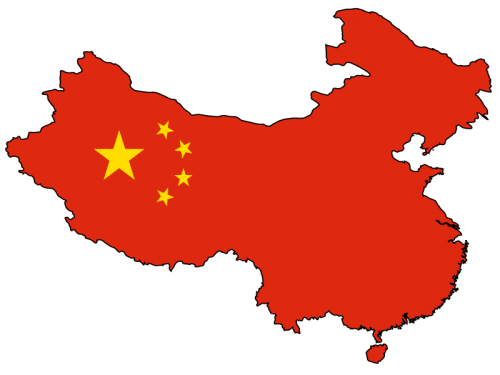Large number of Western companies who are engaged in selling capital equipment to Chinese businesses don’t realize the fact that the purchase cycle is usually quite different from what we are used to in the West.
A typical purchase cycle by a typical American or European company is a structured and accurately defined and documented process that can be broken down to the following distinct stages:
- The need is identified and the requirement is raised;
- Spec is prepared;
- Potential suppliers are contacted and short listed. The spec may be further refined at this stage;
- Suppliers’ proposals are received and reviewed;
- Proposals are negotiated with the suppliers;
- Decision is finalized;
Western companies expect the same process to be followed universally, however, in China case, things turn out to be quite different. It is important to realize those differences and adjust the approach accordingly.
The main difference is that purchase cycle by a typical Chinese company seems to be much less structured without clearly defined stages. The truth is, however, that there is an underlying structure to the process, it just doesn’t seem apparent enough.
The impression of an unstructured purchase cycle comes from the fact that Chinese companies tend to go through the same stages concurrently rather than sequentially.
Often times, the first contact with suppliers is made even before the need is clearly identified. Western companies who receive request to quote may not realize that they are still very early on the purchase cycle and far from the stage #3 of the Western process.
The reason for an early contact with suppliers is the need to define the spec in the first place and then reconcile it with the technical need that the buyer may have. Clearly, this means that getting request for a quotation accounts to almost nothing in China as the actual purchase requirement may never materialize.
On the other hand, it also means that Chinese businesses expect their supplier to be a part of preparing a spec and may even require them to actively participate in defining the technical aspects of the requirements. To the Western companies, that are not familiar with such approach, this may come across as unprofessional or an indication that the company simply doesn’t know what it wants.
Clearly, in some situations this misunderstanding creates conflict that causes Western company to lose business to a more adaptable competitor, most likely a local one, that understands how things really work.
The impression of an unstructured purchase cycle comes from the fact that Chinese companies tend to go through the same stages concurrently rather than sequentially.
In addition, such approach prolongs the engagement with the suppliers and makes the entire purchase cycle generally longer than in the West. The key to succeed under such circumstances is to be as forthcoming as possible by providing all the help the customer needs in defining the spec and act as an expert in finding a solution to a specific business problem that raises the requirement in the first place.
The importance of listening to a customer can’t be overstated, and, in fact, inability to listen is one of the most common criticisms of Western companies in China. They are perceived to have high quality products but unwilling to customize it in order to fit local conditions. Companies who can turn this situation to their advantage by offering a solution rather than just a product are those who eventually succeed.
The final stage before final decision is the price negotiation which can be a long, back and forth process or can also be surprisingly quick. Negotiating in China could be a whole new topic which I will discuss in the upcoming posts.



